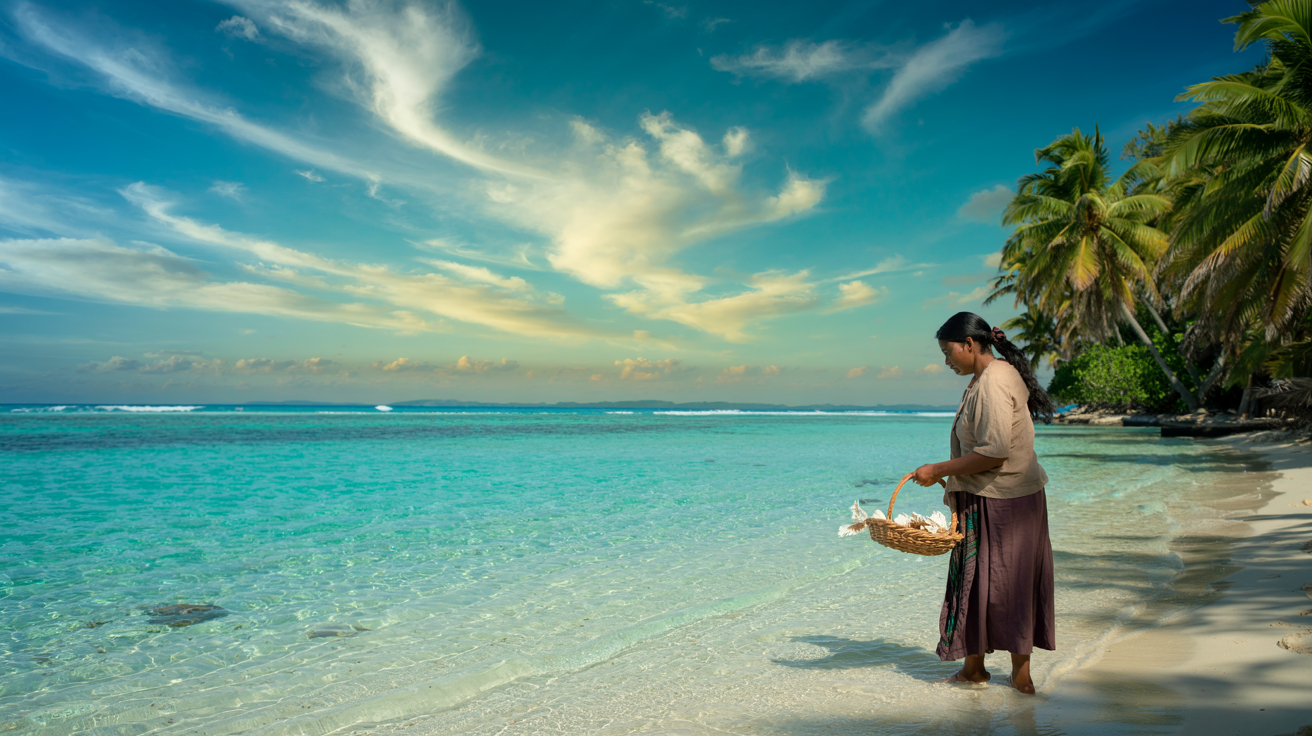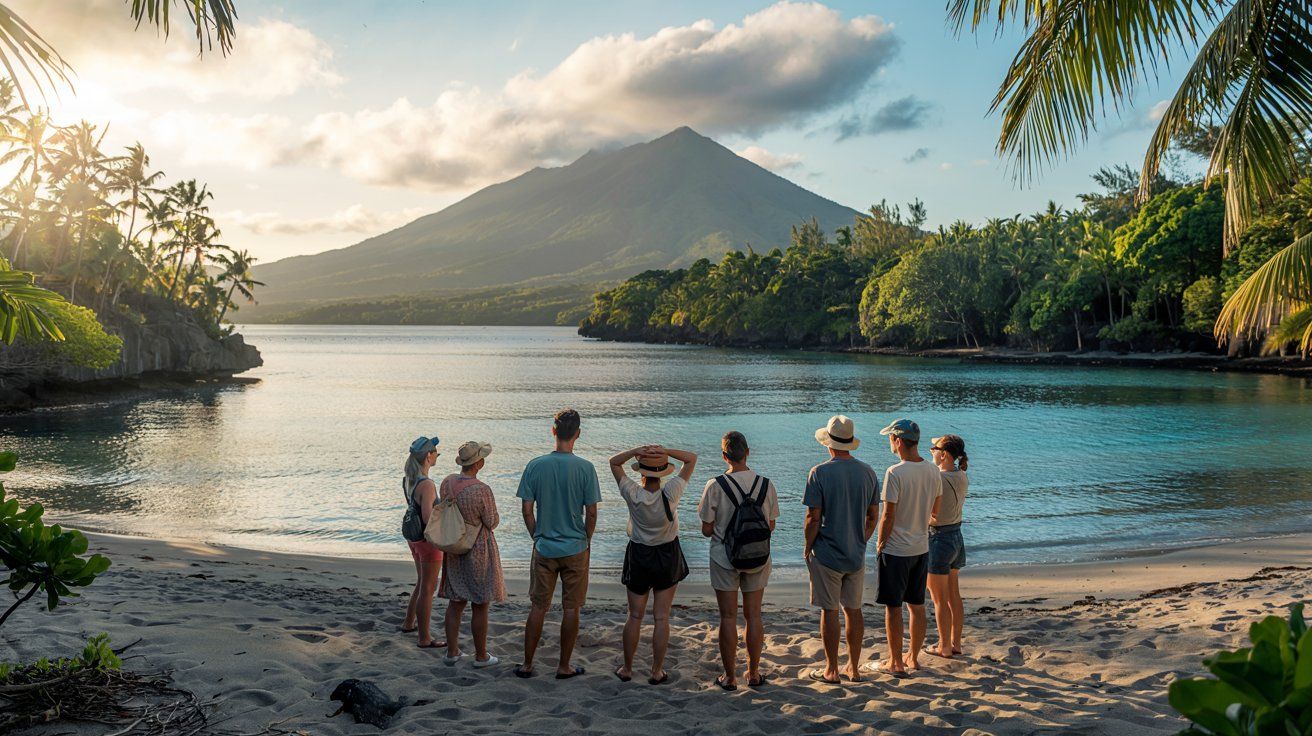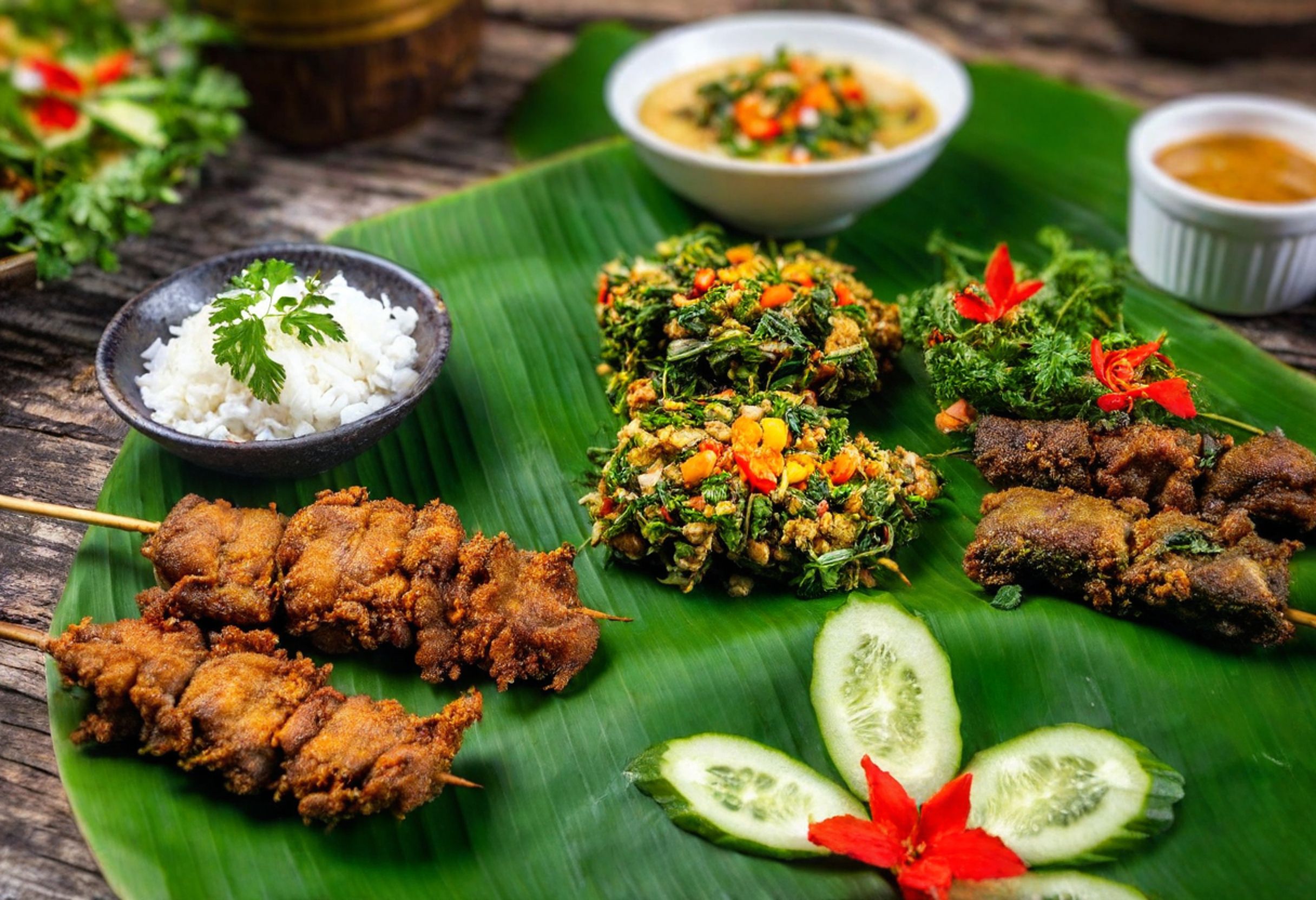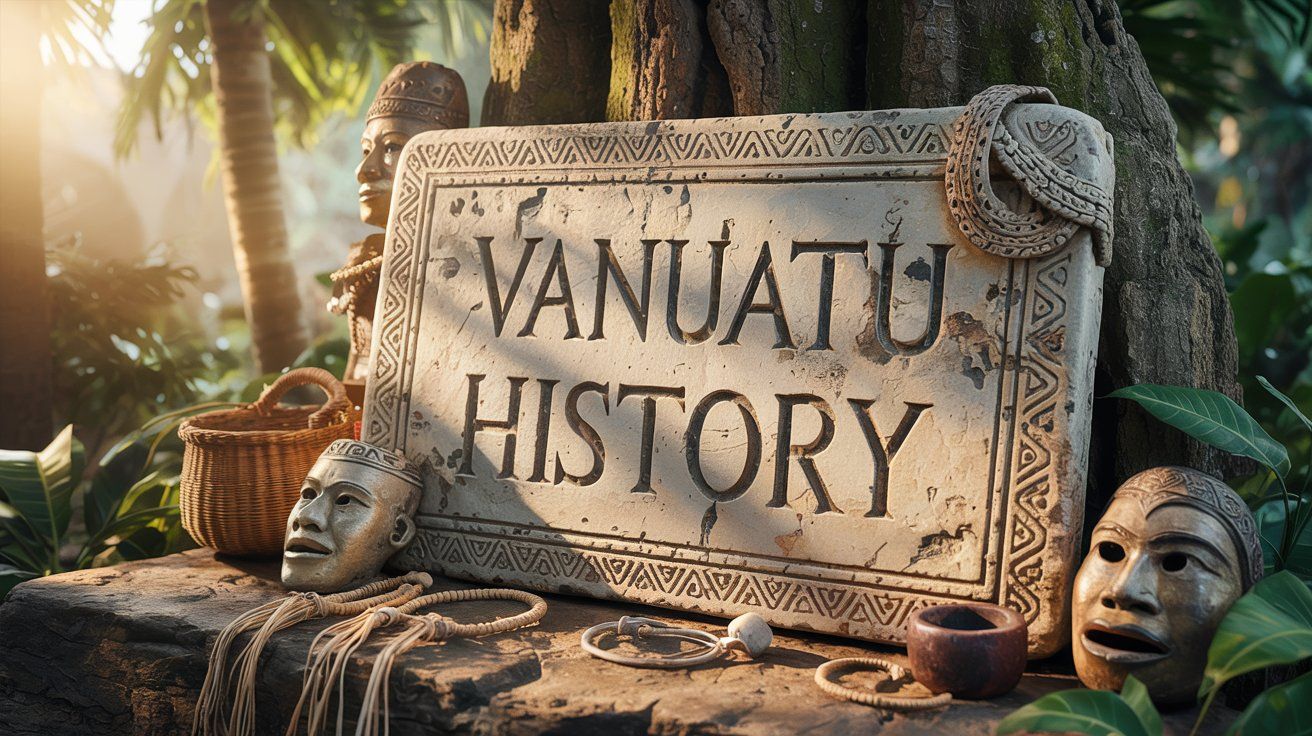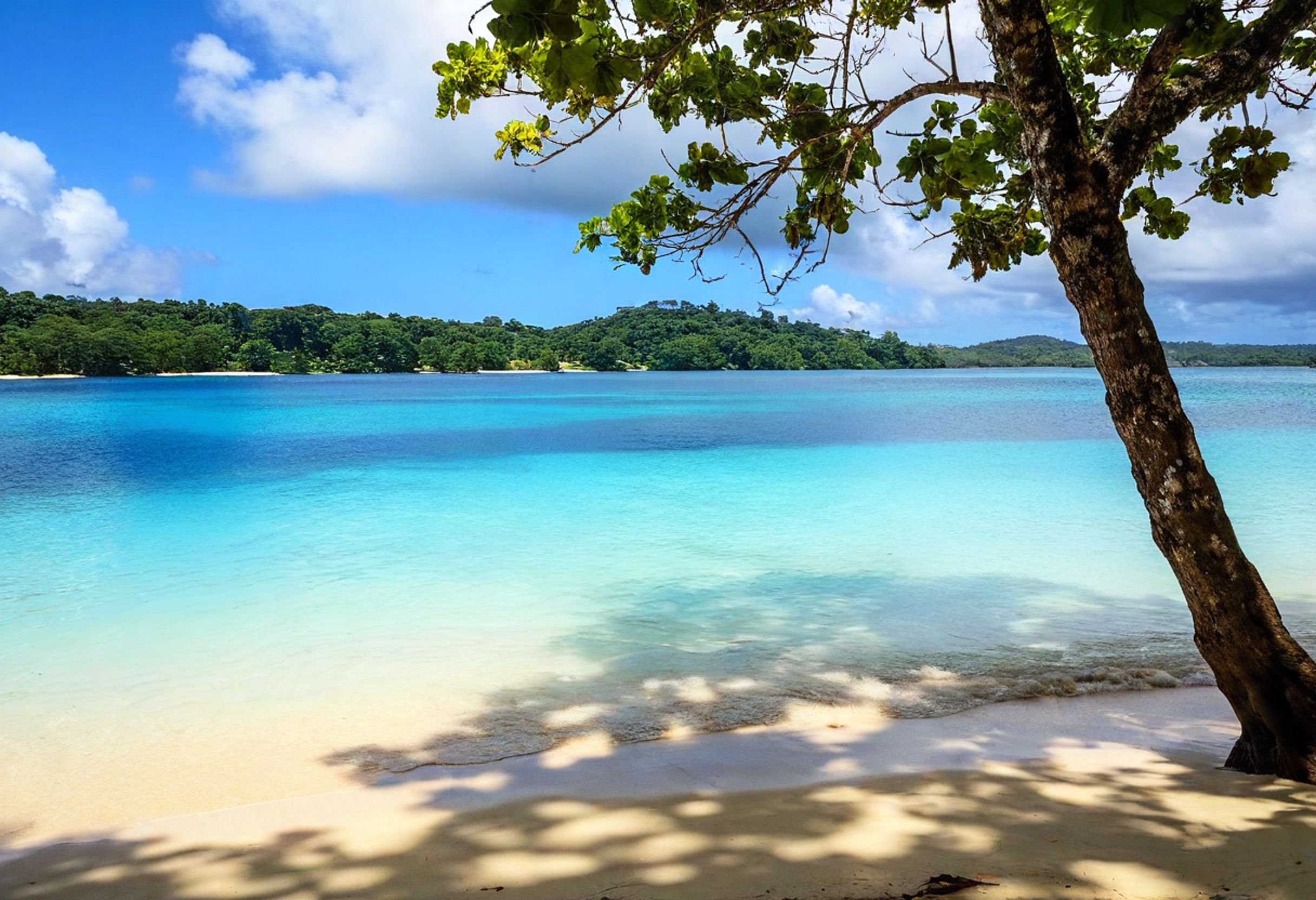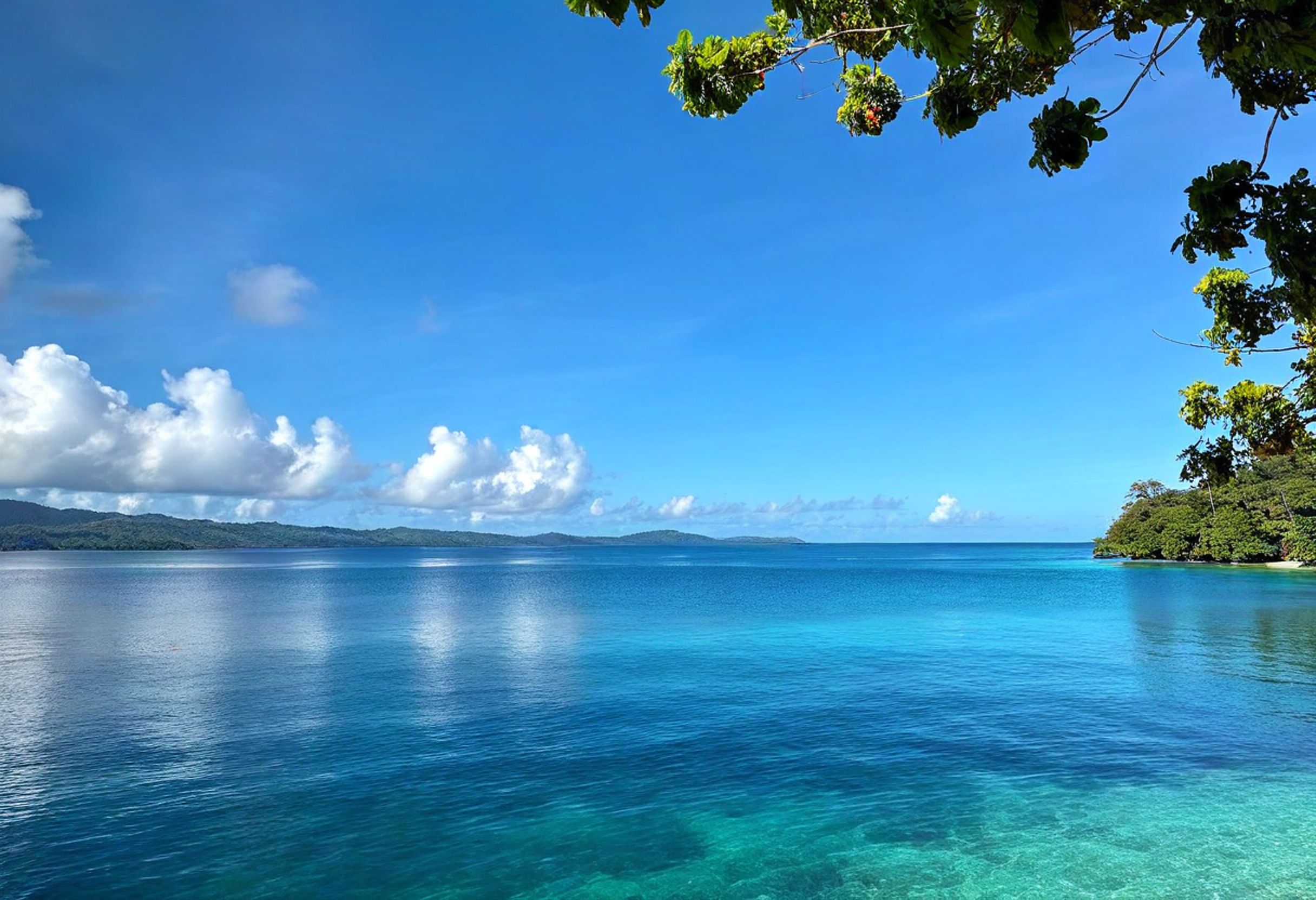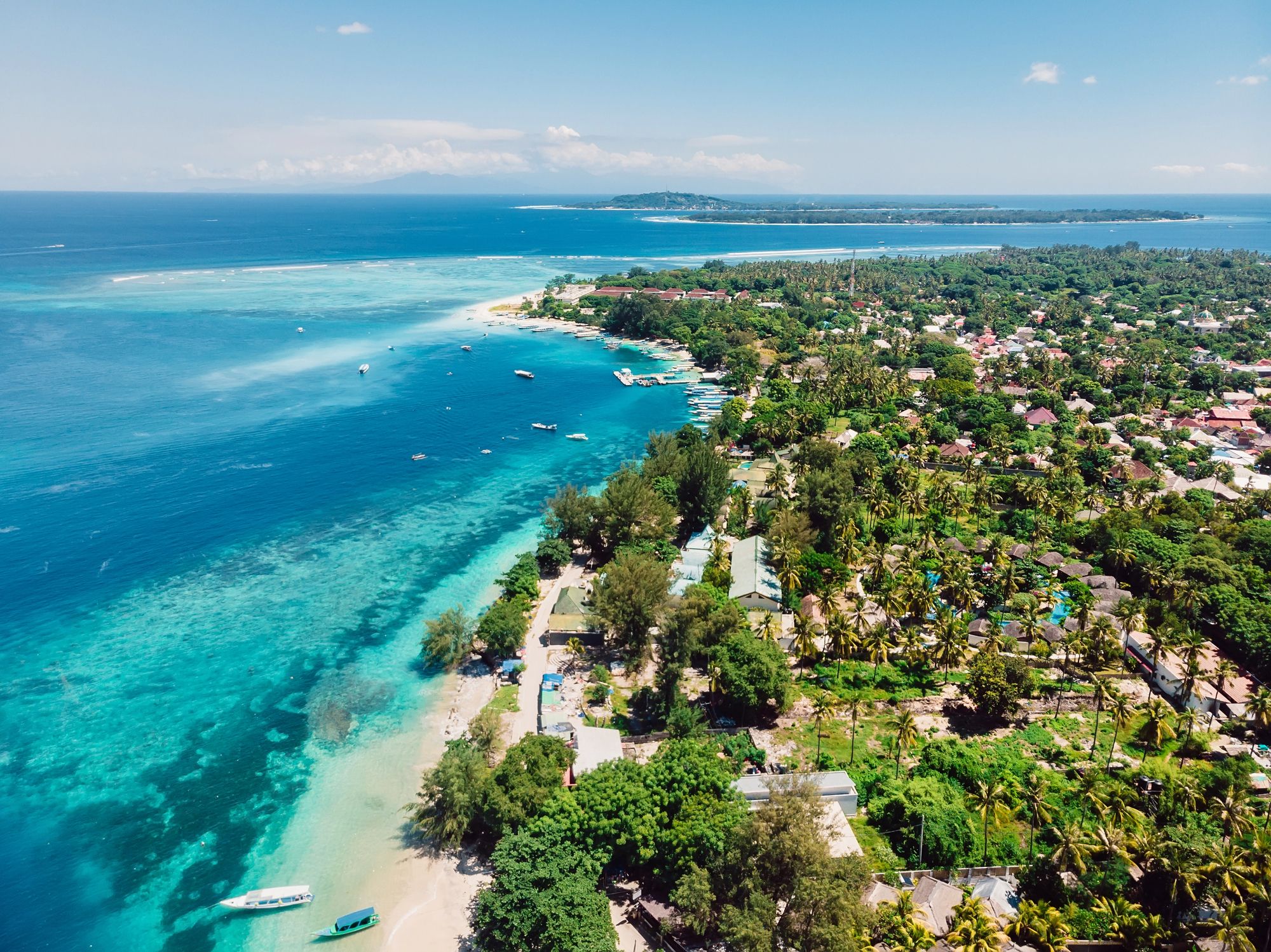This blog post explores recent developments in U.S. marine conservation policy, specifically surrounding efforts to potentially reopen Hawaii’s marine national monuments to commercial fishing. The actions and debates of the Western Pacific Regional Fishery Management Council (WESPAC) highlight tensions between economic interests and the ecological protections established over a decade ago.
Native Hawaiian leaders, scientists, and conservation advocates are weighing in with warnings rooted in history. The council moves toward further research before making any final decision.
From overwater bungalows to beachfront resorts, find your perfect stay in this island nation of more than 80 islands. Instant booking with best price guarantee!
Browse Accommodations Now
Hawaii’s Marine National Monuments
Established to protect fragile marine ecosystems, the Papahānaumokuākea and Pacific Islands Heritage Marine National Monuments have been closed to commercial fishing since 2010. The bans originally aimed to safeguard biodiversity, prevent overfishing, and allow damaged habitats to recover from decades of industrial extraction.
These waters are home to rare marine species, culturally significant resources, and some of the healthiest remaining coral reefs in the Central Pacific.
Why They Were Protected
By the late 1980s and 1990s, unchecked fishing — including the harvesting of egg-bearing lobsters — led to collapses in certain species populations. Coupled with other destructive practices, industrial fishing left a lasting impact on ecosystems that required decades of strategic recovery efforts.
Protection measures gave marine life a chance to rebound. Scientists have since documented clear signs of regeneration.
The Push to Reopen Fishing Grounds
Earlier this year, a proclamation from President Donald Trump sought to reverse protections and allow commercial fishing to resume in these marine monuments. This order was temporarily blocked by a judge, but it reignited debate among policymakers, fishing interests, and environmental groups.
At their recent meeting in Honolulu, WESPAC discussed whether to endorse the order or take no formal position.
Concerns Over Inaction
Some council members worried that failing to take a stance could leave the monuments vulnerable if the proclamation ultimately goes into effect. Without coordinated management safeguards, commercial operators might quickly move back into the area, risking a repeat of the ecological degradation seen in the past.
Community and Cultural Voices
Native Hawaiian leaders have been outspoken in defending the ban. University of Hawai‘i Professor Kekuewa Kikiloi stressed that industrial-scale fishing is not compatible with the delicate balance of the monument ecosystems.
William Aila, Deputy Director of Hawaiian Home Lands, warned that harmful harvesting methods could undo decades of careful stewardship. These perspectives tie conservation directly to cultural identity, recognizing the deep relationship between Indigenous communities and ocean resources.
Lessons from History
Past experiences offer a cautionary tale. Overfishing not only depleted stocks but also disrupted interconnected marine systems, making recovery slow and costly.
Sustainable practices, if implemented from the start, can avoid such damage. Once habitats are destabilized, reversing that process can take generations.
The Path Forward
Rather than endorse or reject the proclamation outright, WESPAC voted to partner with the National Marine Sanctuary Foundation to conduct studies on the potential ecological and economic impacts of reopening the monuments to fishing. Their findings will be presented in December 2025, alongside draft proposals for sustainable management.
Balancing Sustainability with Livelihoods
The council appears committed to finding middle ground — ensuring that fishing, if permitted, is managed in a way that protects fragile ecosystems while supporting local economies.
This approach acknowledges both cultural heritage and the monetary value of healthy fisheries.
Why This Matters Beyond Hawaii
For Vanuatu and other Pacific Island nations, the situation provides a valuable case study in balancing commercial fishing interests with ecological preservation.
Like Hawaii, Vanuatu’s waters are rich in biodiversity and hold deep cultural significance.
The lessons here reinforce the need for:
- Long-term resource management to prevent overfishing.
- Integration of Indigenous knowledge into policy decisions.
- Science-driven action plans to ensure ecosystems remain resilient.
For Vanuatu’s travelers, fishers, and conservationists, keeping waters healthy ensures vibrant reefs and thriving marine life.
Sustainable tourism experiences depend on the well-being of the ocean.
Here is the source article for this story: Council weighs options on Trump’s move to open Hawaiʻi Marine Monuments to fishing
Find available hotels and vacation homes instantly. No fees, best rates guaranteed!
Check Availability Now

